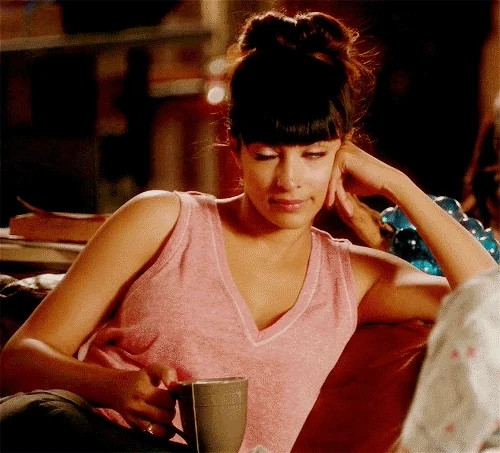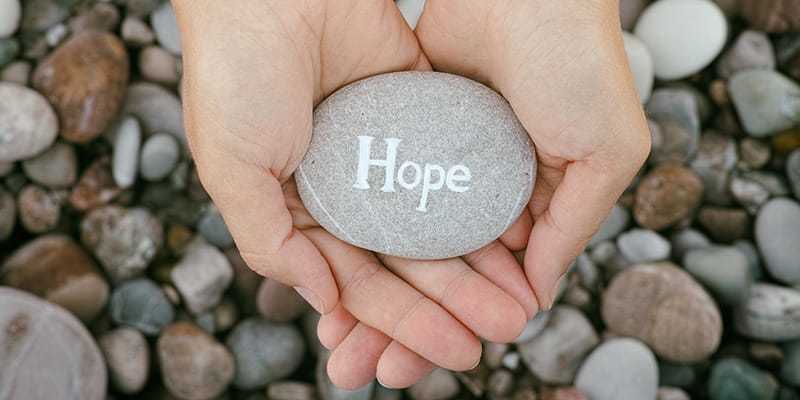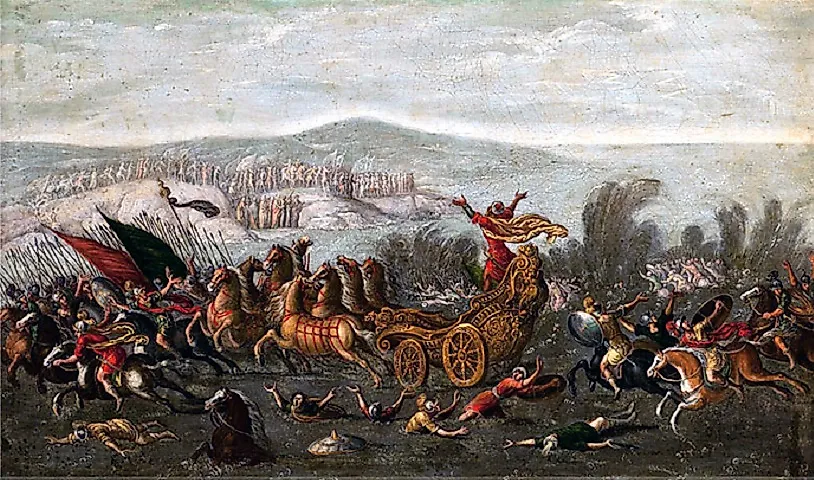And that's OK. It's OK to fly by the seat of your pants sometimes. It's OK to make it up as you go along. It's OK to ask your kids what they want to do every now and then. It's OK to ask them what they want to do more often then every now and then. And it's OK to decide to not do much at all every now and then.
But since tomorrow is April 1st, I've decided that tomorrow will be our fun, silly, goof-off day, so I do want to get a little bit of work done today. But since it's also an absolutely glorious day today, I think we'll start off by getting outside and enjoying the nice day first. We could all use some fresh air and exercise.
7-8:30am: Get up, make and eat breakfast, clean up breakfast dishes, get brushed, washed, and dressed. Since the kids both have Messenger Kids now, they're already chatting with friends. I need to figure out how to block out certain time periods when they can use that function. 7:30-8:30am is okay with me, but I don't want them jumping online any time we have a 5-minute break, and I don't want them on too close to most people's dinnertimes and bedtimes. But for now, manual parental enforcement (i.e., yelling, "Time to log off Messenger, NOW!") will do just fine.
8:30-9am: Exercise. We're taking a walk around the neighborhood, complete with clipboards and a scavenger hunt! Today is an alphabet scavenger hunt. It's a little harder to do outdoors, so we don't limit ourselves to finding things in alphabetical order, and you can write down two items for each letter.
9-9:45am: Math. I had made a big stack of flashcards with multiplication facts for 6 through 9 (plus a few easier extras) and alternated between kids (no scoring this time). Any time my daughter got stuck, we talked through strategies for figuring it out - for example, 8 x 7 is the same as 10 x 7 minus 2 x 7, i.e., 70 - 14, or 56. Once we went through the whole stack (which took about 15 minutes), I had each of them log onto their Google Classroom site and work through one of their teachers' suggested math assignments or sites. My daughter chose I Know It math which is great, but which allows only 25 practice questions per day. HOWEVER, I discovered that they are offering a free 90-day subscription to students, using their school email address, so I just submitted an application, which means that hopefully she'll be able to work on more problems every day. My son is working on Zearn.
9:45-10am: Snack and bathroom break. My son chose to play an online game and was disappointed when I wouldn't let him get a snack at 9:59. That time window is closed, dude, sorry. Mom doesn't play that game.
10-10:45am: Science/music. My son loves to watch the Atlantic White Shark Conservancy Facebook live feed every day at 10, my daughter loves to watch Tracey O'Farrell's Morning Circle Facebook live feed every day at 10, and I love to have half an hour when I can think about my lesson plan for the rest of the day, or what I'm going to make for dinner, or throw in a load of laundry, or just let my mind go blank for a bit. Today's shark presentation was a little dry, so my son went back and watched yesterday's presentation, which we missed, instead. My daughter's live feed finished at about 10:20, so she joined my son for the end of the shark presentation.
10:45-11:30am: Reading and journalling. My daughter's class has been reading "Peter Pan", and my son's class has been reading "The Tiger Rising," so they both continued with that, then I gave them some time to work on their journals, with a little prompting from me: "Write about what you miss most about things we could do before isolation, and write about at least one thing that you like about isolation - AND WHY." (The latter comment is to avoid having my son write, "I miss my friends. I like not having to go to school.")
11:30am-1pm: Lunch and free time. I'm allowing them both to message friends if they want, but they need to finish their lunches and clean up in time to be sitting at the table, ready to go by 1pm. If they don't get lunch by then, they're going to be very hungry this afternoon. See, "Mom doesn't play that game," above. Consider it a lesson in time management.
1-1:45pm: Classroom Meeting. My daughter's teacher is hosting a Google Meet for her class today, so she's joining in on that. While she works on that, my son is working on answering questions on a book his Challenge class has been reading, "Out of My Mind" by Sharon Draper. This also requires at least one of us (me or my son) to master Flipgrid. My money's on the boy. (N.B. - I won that bet.)
1:45-2:45pm: Science and Baking. We watched a cool meteorology video that explained how tropical storms develop by comparing the process to baking muffins. So after we watched the video, we made some muffins! Snickerdoodle muffins, to be specific. Oh, and we passed the post-video quiz with flying colors!
Since tomorrow is April Fool's Day, don't expect any serious lessons. There will be jokes, pranks, silliness, and fun (I hope). If we're lucky, there might even still be a few snickerdoodle muffins!




















